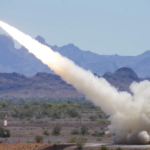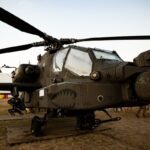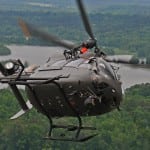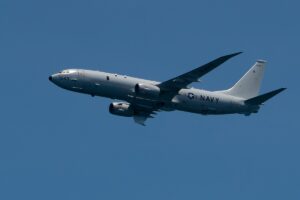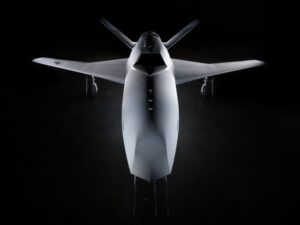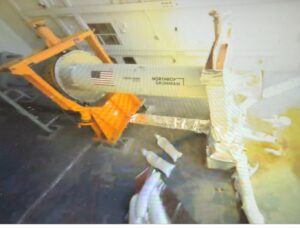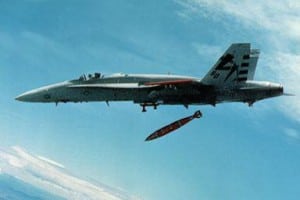
Since winning a major soldier-training support contract in 2008, Raytheon [RTN] has conducted five million training events and claims to have saved the Army $400 million in training sustainment costs. Through the $11.2 billion Warfighter Field Operations Customer Support (FOCUS) program contract, Raytheon and hundreds of other subcontractors provide field logistics and other support services to training installations and events for the U.S. Army and to both the Afghan and Iraq national Armies.Warfighter FOCUS consolidated three training support domains–live, simulated and…

 By
By 